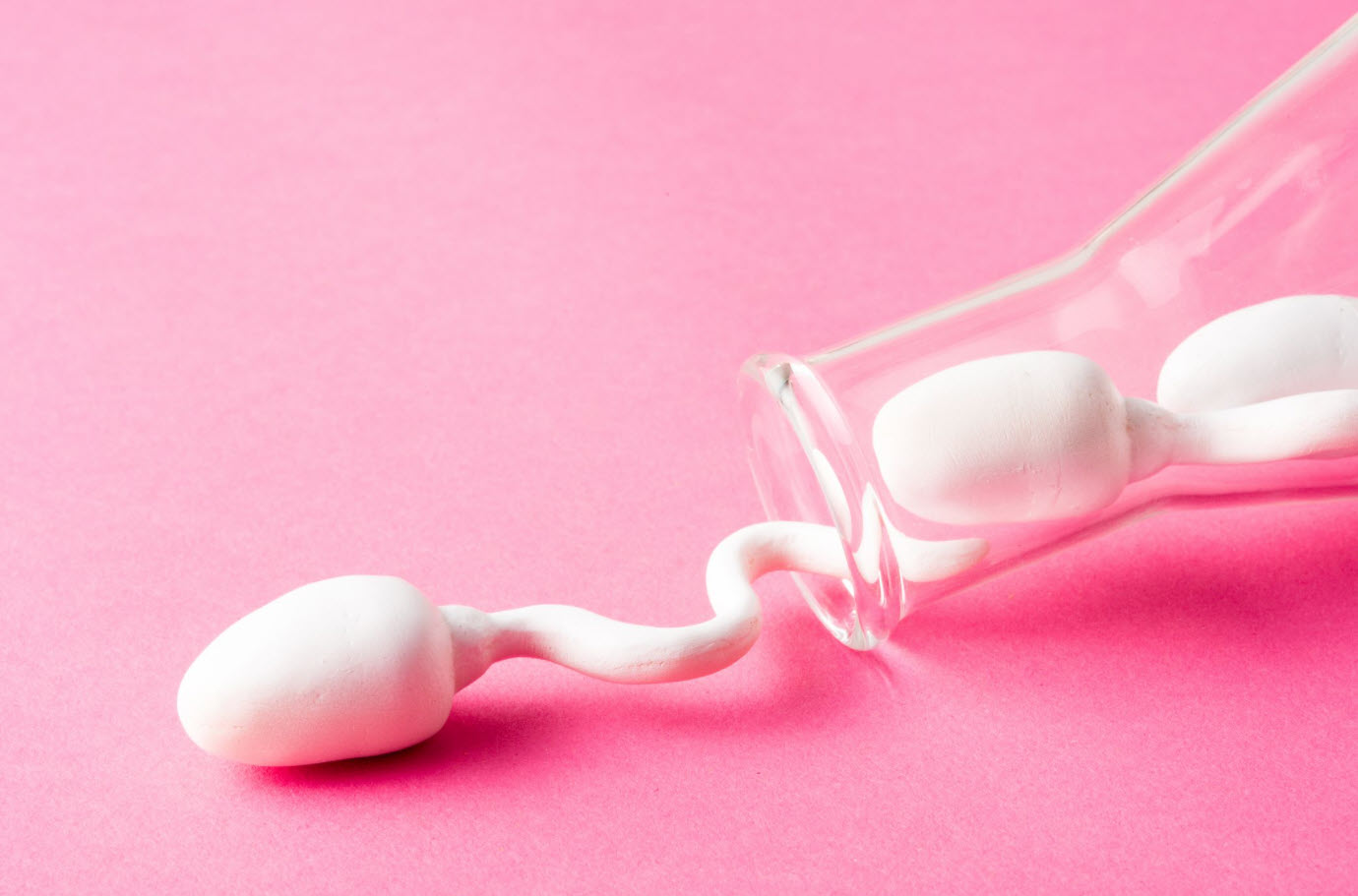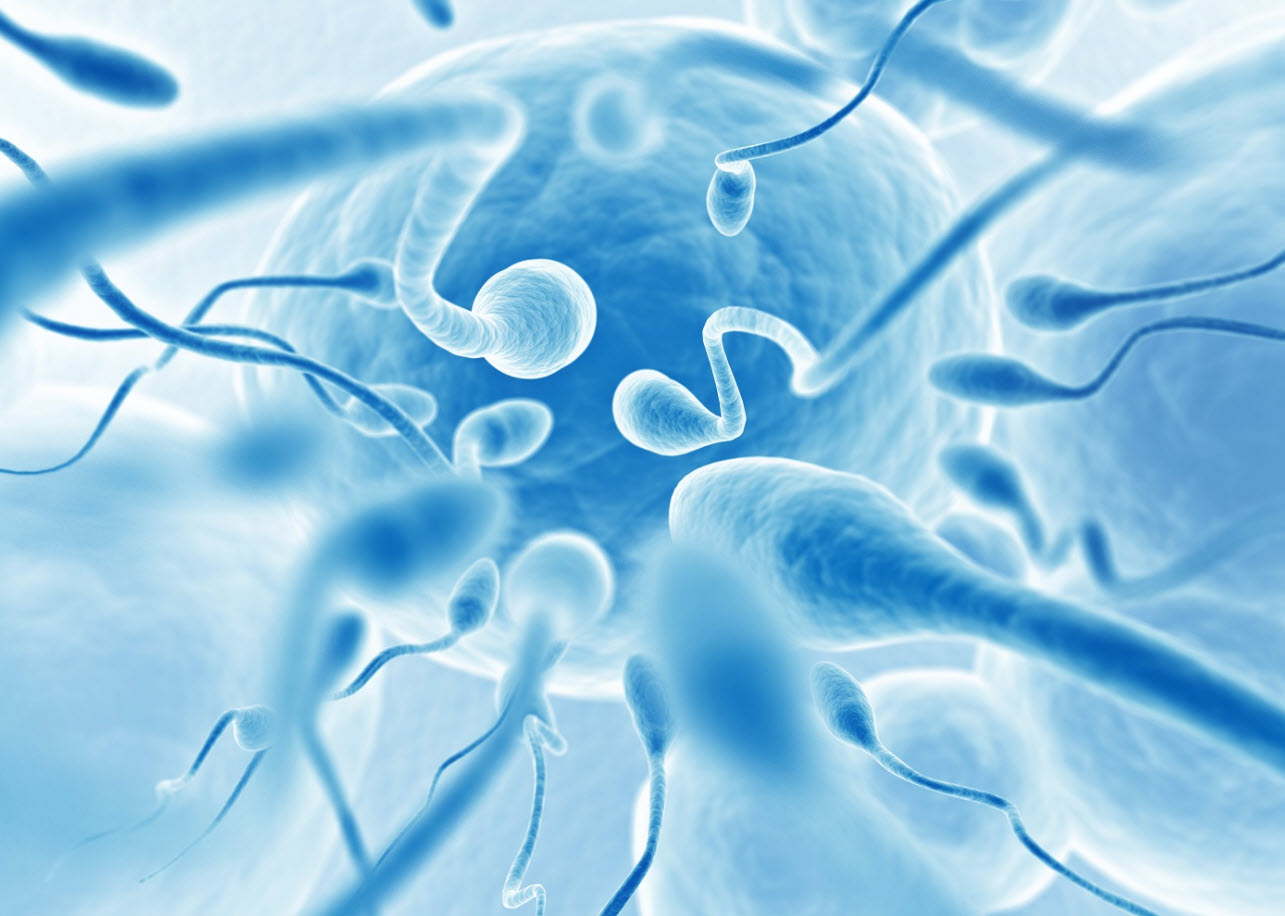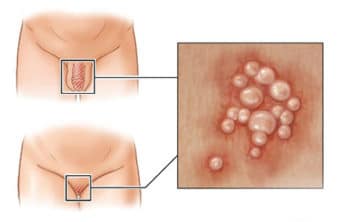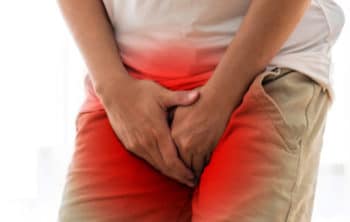Contents
Semen and Sperms: Composition, Analysis and Deformities
Semen and sperm are the components of reproductive fluid. They play a vital role in fertilization and reproduction. In this article, we will discuss the composition of semen and sperm, their analysis, and various deformities that can affect them.
Whenever a man ejaculates after the sexual orgasm the male reproductive fluid is discharged from the end of the penis. This fluid is called Semen. It is yellowish whitish fluid, viscid in nature and smells aromatic. During orgasm, men ejaculate 1 or 2 times. In each ejaculation, the average quantity of semen is 2-4 milliliter.
Semen composition:
1. Sperms:
Sperms are male reproductive cells. Sperms which are mature and have moveable tail (flagella) referred as spermatozoa. Sperms cannot divide any further. It can live up to 2-3 Days in female reproductive tract. So for conceiving, it is important to have sex on the day or just one day prior or after ovulation.
Formation of sperms and maturation of sperms is known as spermatogenesis which takes place in testicle and epididymis. Mature spermatozoa stay in vas deference, and during sexual intercourse, these spermatozoa move towards upper tract and release from the body by forceful sexual orgasm. Sperms only make 5% of total semen.
Healthy semen contains 50 to 500 million sperms in one ejaculation. Each one ml of it should have at least 25 million of sperm. Less than 20 million of sperm in 1 ml male reproductive fluid has been clinically classified as infertility in men.
a. Sperm motility:
Motility is referred for movement. Sperm motility is the capability of sperms to swim in female vagina and uterus. Sperms are naturally programmed to swim upward and reach their ultimate destination, “the ovum” for fertilization. On an average one sperm takes 15-20 minute to reach up to Fallopian tube. Collectively there are 50-500 million sperms which delay their movement. That’s why sperms take about 1-1.5 hr to reach up to the ovum. For fertility of men, it is necessary to have more than 50% of sperms motility. Higher is always better.
b. Sperm viability:
Viability is term for healthy being. In semen, not all the sperms are matured, some are anatomically defected such as they don’t have tail (flagella). For being fertile it is necessary to have minimum 50% of sperm viability. It is the lowest count or lower limit for being fertile. Healthy semen always has more than 65% of sperms motility and viability.
2. Secretion from seminal vesicle:
It is the main component of semen, and it makes more than 60-65% of it. Secretions of seminal vesicle have 5 important substances which are necessary for healthy semen.
a. Fructose:
Fructose is simple carbohydrate which provides energy to sperm. Less amount of fructose in semen causes death of sperm and results in infertility.
b. Amino Acid:
Amino acid provides food and nutrition to sperms in female vagina. Fructose and amino acid are important to provide energy to sperms to travel from vagina to Fallopian tube and to conduct fertilization.
c. Citric Acid and Enzymes:
Human female ovum is secure with multiple covering. Enzymes and citric acid are essential for dissolving these covering.
d. Prostaglandins:
Prostaglandins secreted from seminal vesicle stop or suppress woman’s immune system to reject semen. If there is the absence of prostaglandins, woman’s immune system will kill sperms, as sperms are the foreign body for female body.
e. ZINC:
Zinc maintains DNA and prevents it from breaking down. Deficiency of zinc can cause sperms DNA lysis and results in infertility in men.
3. Prostate secretion:
Secretion of prostate forms 15-20% of total semen. Secretion of the prostate is much necessary as it provides prostate specific antigen (PSA), which is responsible for the transformation of semen from sticky viscid to watery. In watery semen, sperms can move easily.
4. Bulbourethral gland (Cowper’s gland):
Remaining 5-10% is mucus which is secreted by Cowper’s gland. It is slippery fluid; it eases ejaculation and also prevents too much spreading of spermatozoa in the female vagina.
Semen analysis:
Semen analysis is a medical term for laboratory/microscopic examination of semen. On the basis of research and study, World Health Organization (WHO) has provided some limits of male reproductive fluid composition which is essential for making women pregnant. These are:
- Quantity of semen in one ejaculation should be minimum 2 milliliters or more.
- There should be minimum 50 millions of healthy spermatozoa or sperms. It means each 1 ml fluid should have at least 25 million sperms.
- It should be slightly alkaline in nature. Ideal ph of semen is 7.2-8.
- More than 50% of sperms should be live and active.
- Liquefaction: During ejaculation semen is thick and sticky. But in vagina, it liquefies. Liquefaction time should be in the range of 15-30 min. Early and late liquefaction both interfere with fertilization.
- Sperm concentration: Exact percentage of each component of semen is necessary.
- Red blood cell/white blood cell/pus cells should not be in the excess amount as it suggests infection.
Above are the description of healthy male reproductive fluid and sperms. But when they get affected by diseases, deficiency, and diet, deformity is found in them. Some common problems are:
1. Oligospermia:
Oligo is referred for less or insufficient. Insufficient amount of sperms in fluid is termed as Oligospermia. Sometimes there are less amount of sperms and sometimes sperms are in normal limit but other components are in high amount which, in result, causes low percentage of sperms in semen. Oligospermia is medically treatable problem and the prognosis is good.
2. Azoospermia:
“A” prefix is referred for absence. Complete absence of sperms in male reproductive fluid is termed as Azoospermia. It is associated with male infertility. 30-40 % Azoospermia is caused by systemic disease or pressure in testicle seminal vesicle. These forms of azoospermia are medically treatable.
3. Aspermia:
Failure of ejaculation is called Aspermia. It is important to understand men with Aspermia do ejaculate and have sexual orgasm, but the ejaculation fluid only has secretion from the accessory sexual gland and no or negligible amount of semen. Causes of Aspermia are retrograde ejaculation, prostate surgery and tumor in pathway of semen. Congenital Azoospermia and Aspermia are associated with germ cells deformity and they are non-treatable.
Conclusion:
Semen is the fluid that’s discharged from the end of a man’s penis during orgasm. It contains sperm and other components that play a vital role in reproduction. In this article, we’ve discussed the composition of semen and sperm, their analysis, and various deformities that can affect them. If you’re interested in learning more about semen and sperm, or need assistance with analyzing or diagnosing any defects in these reproductive fluids, please contact us. Our team of experts would be happy to help.
Read more: Varicocele: Types, Causes, Symptoms, Treatment and Home Remedies
Disclaimer:
Above article is only for knowledge purpose. Please contact your healthcare provider before using any of above medicine or method. For any query or personal consultation according to your health condition please contact your doctor.






